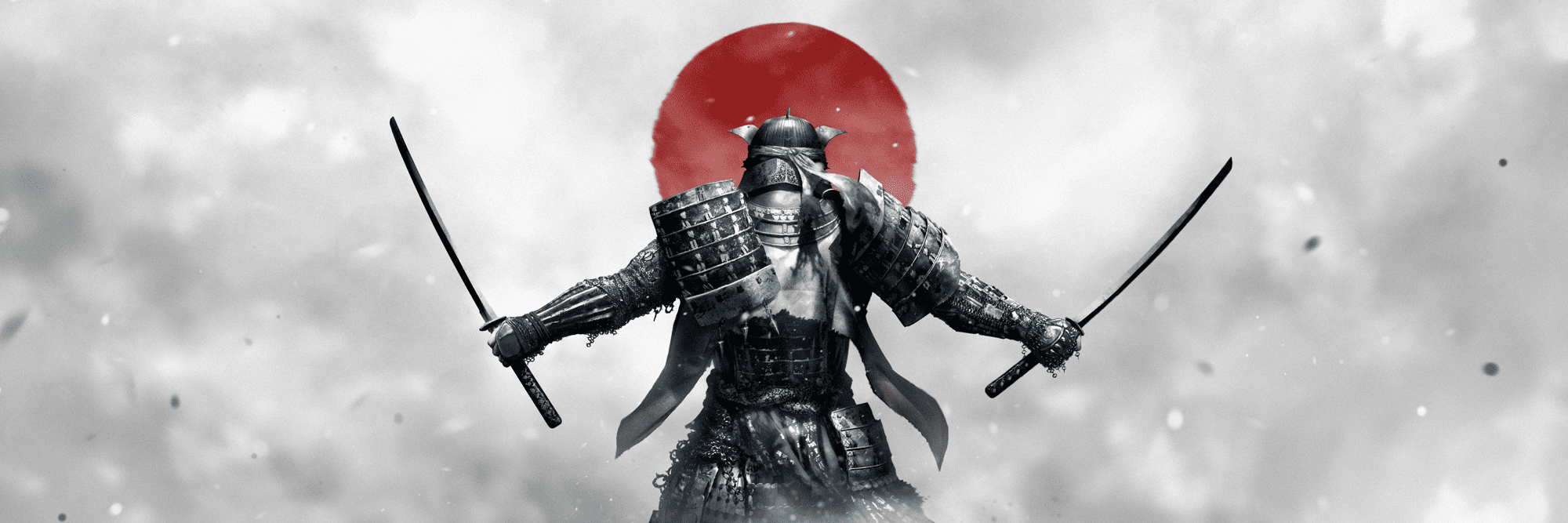This article compares and contrasts the Samurai of Japan and the Knights of Europe, two of the most well-known warriors in history. Despite their differences in region and time period, the Samurai and Knights share similarities in their codes of honor, combat tactics, and impact on history and popular culture. Both warriors are highly respected for their discipline and combat skills. The Samurai adhered to Bushido, a strict code of honor emphasizing loyalty, courage, and simplicity, while the Knights followed a code of chivalry highlighting honor, loyalty, and service, usually being Christian. The Samurai used the Katana sword and other weapons, fought on foot using flanking tactics, and embraced Zen Buddhism, while the Knights used swords, lances, and other weapons, fought mostly on horseback using cavalry tactics like the charge, and usually participated in crusades to defend their faith. Both Samurai and Knights left lasting impressions on history and continue to influence and inspire people today.
Introduction
The Samurai of Japan and Knights of Europe were two of the most well-known and revered warriors in history. Though they lived in different regions and times, they shared many similarities in their way of life and philosophy. In this article, we will compare and contrast the Samurai and Knights, exploring their similarities and differences.
Origins and History
The Samurai were a class of warriors that emerged in Japan during the 9th century AD. They served as protectors of nobles and the ruling class, and were highly respected for their discipline and skill in battle. The Knights, on the other hand, were warriors in Europe during the medieval period, from the 5th to 15th century. They too were highly respected for their combat skills and code of chivalry.
Philosophy and Way of Life
The Samurai lived by a strict code of honor known as Bushido, which emphasized virtues such as loyalty, courage, and self-sacrifice. They believed in living a simple life and embraced Zen Buddhism as their religion. Similarly, Knights adhered to a code of chivalry that emphasized honor, loyalty, and service. They were typically Christian and lived a religious life, going on crusades to defend their faith.
Weapons and Armor
The Samurai were known for their use of the Katana sword, which was a symbol of their status and skill. They also used bows and arrows, spears, and various other weapons. Their armor was lightweight and consisted of plates made of leather, iron, and/or metal. Knights had a variety of weapons, including swords, crossbows, lances, and maces. Their armor was heavy and consisted of metal plates, chain mail, and often adorned with decorations and coats of arms.
Combat Tactics
The Samurai relied heavily on their swordsmanship and often fought on foot, with horses being reserved for transportation. They utilized tactics such as flanking and encirclement to gain the upper hand in battle. Knights also relied heavily on their weapons, but fought mostly on horseback, using cavalry tactics such as the charge. They employed formations such as the shield wall and often fought in large formations.
Legacy and Impact
Both Samurai and Knights have left a lasting impact on history and popular culture. The Samurai have become synonymous with discipline and honor, and their influence can be seen in various aspects of Japanese society today, from martial arts to business practices. Knights are often thought of as symbols of chivalry and nobility, and their impact can be seen in the depiction of medieval times in literature and entertainment.
Conclusion
Though the Samurai and Knights were from different regions and lived centuries apart, they shared many similarities in their way of life and philosophy. Both were highly skilled warriors, who lived by a code of honor, and left a lasting impression on history. Though their roles in society may have differed, their legacies continue to influence and inspire people today.
